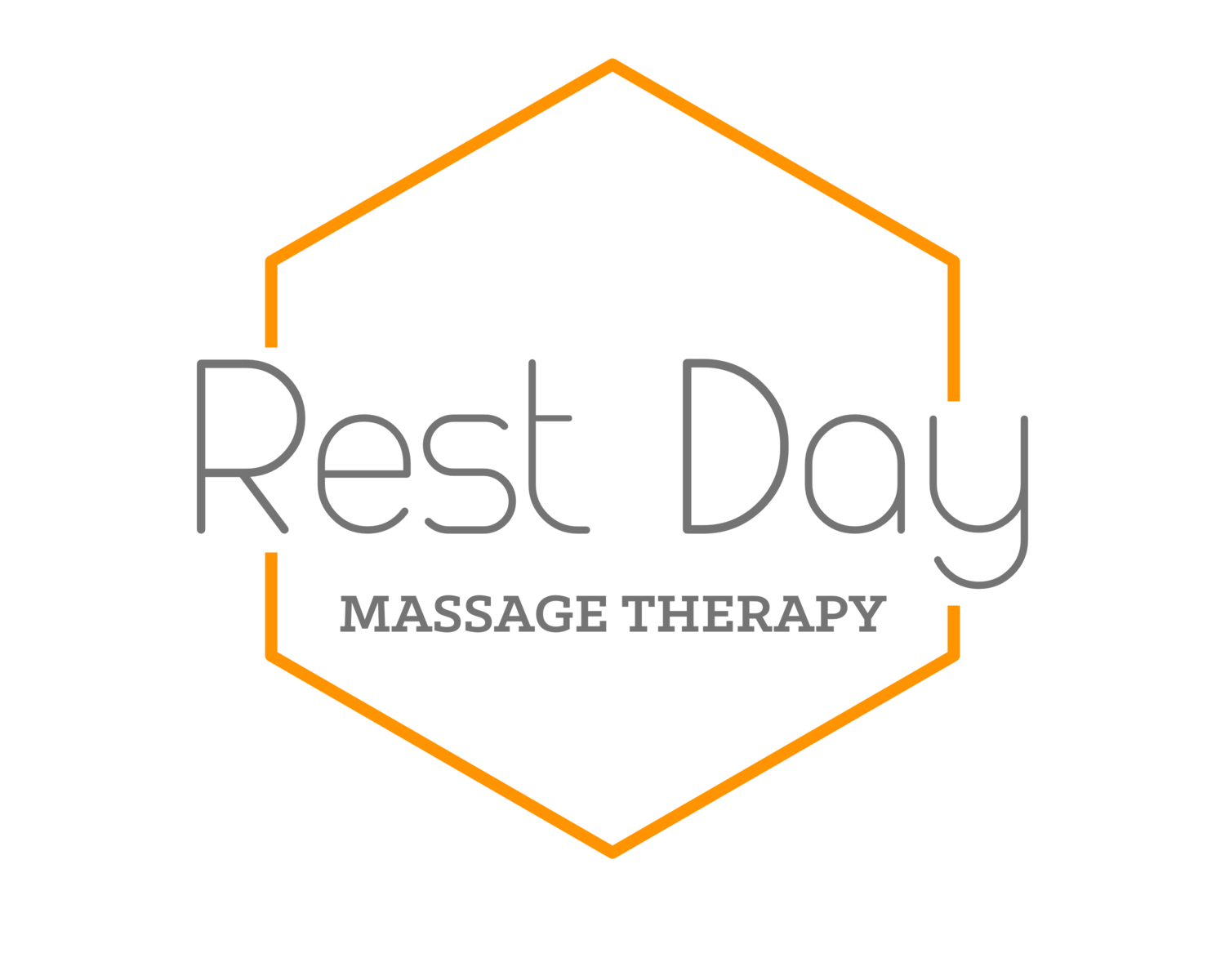Beyond the Playing Field: Why You Should Schedule A Massage For Your Student Athlete
We think kids are indestructible because “they are young; they will bounce back.”
How many of you still complain about how you blew out your knee playing football?
Or how your shoulder has never been quite right after your high school softball career?
The reality is that kids need massages just as much, if not more, than adults do.
Massage is no longer the upper class luxury experience it was once perceived to be. Massage is part of an integrative medical field used to help treat, rehabilitate, and prevent injuries and illnesses.
With fall sports back in full swing, here are a few reasons you should book an appointment for your student athlete.
A Growing Body Is A Vulnerable Body
Imagine going for a run in shoes a size too big. Your running pattern is going to be off, you’re going to be sore in places you typically aren’t, and you are going to feel awkward!
Replace too big shoes for a 6-inch growth spurt. Kids grow at incredible rates. This affects their movement patterns. They are constantly relearning how to move their body. As an adult, your body is able to build up strength and stability for movement over time, but every time your child grows, the body basically has to relearn it all again.
Massage helps with body awareness by building neurological pathways to an area. This makes areas more sensitive to touch, pressure, motion, and the outside environment. All things needed to move quicker, more efficiently, and safer.
Specialized Sports = Repetitive Motion
When I played basketball in high school, it was my goal to make the 10,000 shot club each summer. If you attempted 10,000 baskets you got some type of prize (I don’t know what it was because I never made the club… thus me being benched. Remember from earlier?)
Anyway, I didn’t do 10,000, but I did take thousands of shots in the summer. That’s thousands of the same movement day in and day out.
Repetitive use of an area can lead to injury. As the tissue, tendons, and/or ligaments get overworked in an area, it can create microtears in the tissue. This can cause pain, inflammation, and eventually lead to larger tears.
According to emedicinehealth, “Repetitive motion injuries make up more than half of all athletic-related injuries seen by doctors.”
Tendonitis, bursitis, shin splints, and stress fractures can all be caused by repetitive motion.
Massage increases circulation of blood and lymph. This helps draw out inflammation for an overworked area. It also brings fresh blood and nutrients to the area which helps the tissue recover faster.
Massage also helps break down scar tissue, adhesions, and restrictions. When these microtears happen, the body needs to lay down new tissue to fix it. Massage helps to ensure that the new tissue is developing in the right direction as to not make restrictions in movement later on.
Kids Get Stressed Out, TOO
I know your child doesn’t have to worry about a mortgage, or putting food on the table, or trying to live up to their neighbor’s immaculate lawn, but kids are under more stress than ever.
School alone puts a lot of pressure on students. Standardized testing, college prep, and now I’m going to quit pretending I know anything about high school because I graduated about 10 years ago :/
Nonetheless, I do remember the pressure of being a student athlete. A full day of school followed by practice followed by homework. The days were never long enough. It was a lot of pressure for a 15/16/17-year-old. If I can remember that 10 years later, I can only imagine how stressful it was at the time.
The thing is, kids have problems, too. Massage can help ease anxiety, promote relaxation, and decrease symptoms of depression.
The Not So Fun Stuff
Unfortunately, we do live in a world where parents need to be protective of their children. The massage world is no different. Massage puts your child in a vulnerable position, so here are some steps you can take to make sure you are picking the right LMT for your child.
Ask for their license number: In the state of North Dakota, massage therapists are governed by the NDBMT. You can look up a massage therapist’s license number on the NDBMT website to see if they are in good standing with the state. https://www.ndbmt.org/verify/index.asp
Ask for references: Reviews are great, but being able to talk to actual clients of the massage therapist can paint a picture of how they run their practice
Ask to be in the room during the session: Parents are more than welcome to be in the room to ensure that their child is comfortable during the session. Have this conversation with your child before the massage.

